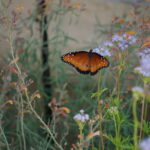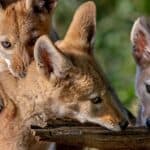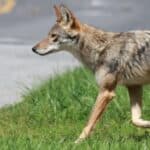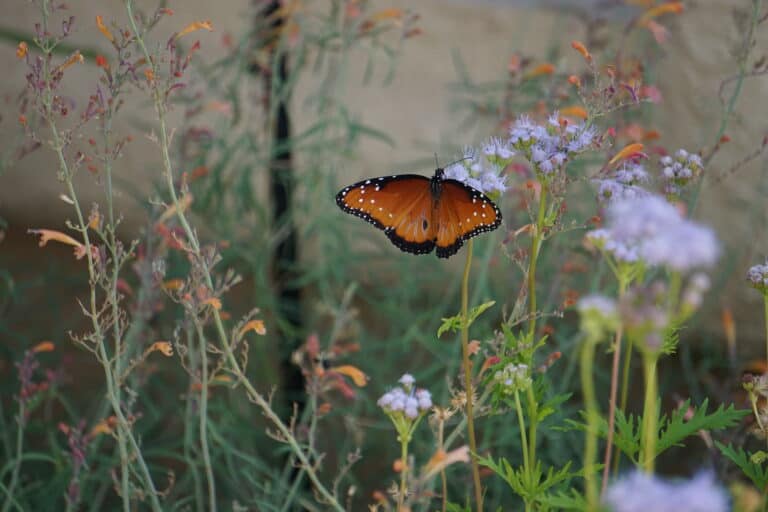Notes From The Field blog By Lindsay Hoppestad, Project Coyote Programs & Campaigns Intern
I grew up with the clickety-clack of dog nails on the floor and the soothing motorboat pur from a cat snuggled in my lap. I was that kid who wrote stories about adventures with her non-human animal companions, where my four-legged companions and I traversed valleys and mountains. On top of that, my sister and I religiously watched any of the Animal Cops shows on Animal Planet. Altogether, this combination fostered my love of non-human animals and created one very passionate non-human animal advocate.
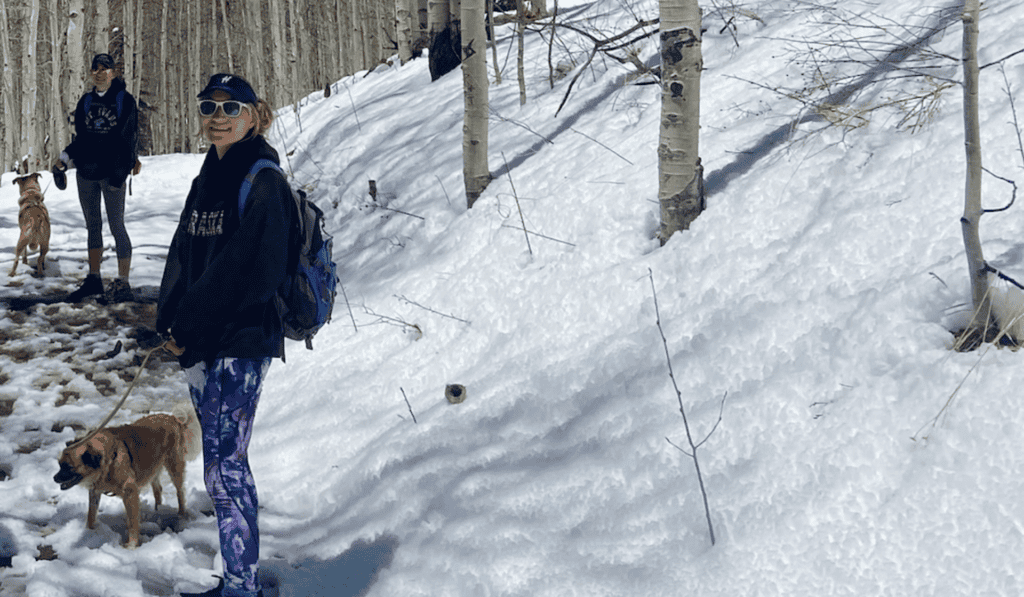
Lindsay Hoppestad and her sister
I’ve always been aware of the challenges dogs and cats face and have had a strong drive to help however I could. I also had, and continue to have, a love for wildlife, and whenever someone asked me what my favorite animal was, I, without fail, responded, wolves (and still do, although I can’t say I just have one favorite animal anymore). Even though when I was little I was aware wolves faced some persecution, I wasn’t aware of the extent of it. It wasn’t until I began my biology degree that I developed a deeper understanding of the hostility and mistreatment wolves encounter.
Through my own research for class projects, I became increasingly aware of the negative perceptions of wolves and how that has led to their mistreatment. Alongside the research that made me aware of their persecution, a research project in an Animal Behavior class fueled an even greater urge to advocate for them. During this project, I observed wolf behavior through the Wolf Conservation Center’s webcams and learned to recognize each individual wolf by their unique personalities. Until then, wolves had just been “wolves.” I loved them, but there was a distance between me and them—I didn’t really know them. Prior to observing them through the webcams, I hadn’t had the chance to experience them as individuals. Through the webcams, I had the opportunity to witness their love, kindness, playfulness, and selflessness, as well as their selfishness, grumpiness, and dislikes. These qualities further endeared them to me. More importantly, these qualities made them like any other sentient living being.
During this class, I observed the uniqueness and silliness of wolves. Whether it was two wolf sisters, Nita and Jean, cuddling or Hélène attempting to sneak a piece of Alleno’s, her father’s, meal and then taking off when something spooked her, I completely fell in love with wolves all over again. From then on, I dug into wolf literature. While some authors describe them as sentient beings, others, like Rick McIntyre, paint a picture of their sentience through their lives.
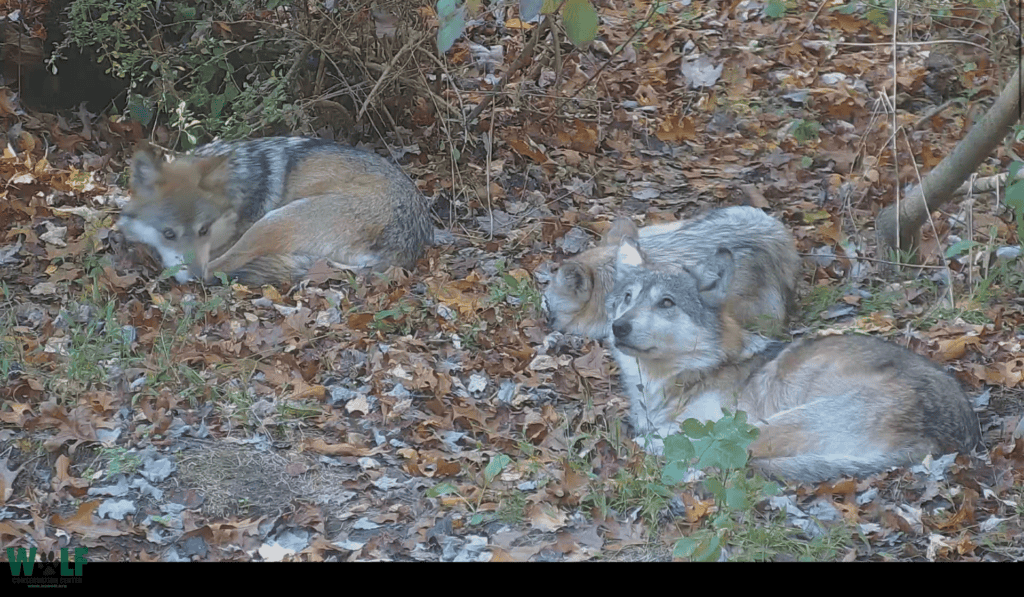
Photo via Wolf Conservation Center webcam
In understanding how we are more alike than I previously thought, I find there is no longer a clear distance between me and wolves. Instead, I see them as another being, like me, who feels and experiences love, joy, pain, grief, and suffering, even if they don’t express it the same way humans do. It is also more apparent to me how many humans struggle with understanding how non-human animals can feel similar emotions to us, as well as misinterpret non-human animals’ actions by filtering these actions through our human lenses. This has made me want to be a better advocate.
What do emotions look like in non-human animals? Spend enough time observing through a camera, binoculars, or a scope, and you can start to get an idea. Animal behavior isn’t as obvious as a tail wag indicating a dog is happy. Even this common behavior isn’t always clear-cut. A happy tail wag is accompanied by a relatively loose body posture. However, a tail wag accompanied by rigid, stiff body language where the tail is raised doesn’t typically signal a happy dog, or wolf.

Photo via Wolf Conservation Center webcam
Our fears that often lead to the persecution of predators like wolves, coyotes, foxes, hawks, and owls (the list could go on) seem to crop up from misunderstanding our wild neighbors–their actions and their feelings. For example, the well-known philosopher and scientist René Descartes falsely believed animals couldn’t experience emotions or feel pain. He demonstrated this through a horrific presentation where he nailed live screaming dogs to a barn and gutted them (McConnell 23). He explained the dogs’ responses as a reaction by the dogs’ bodies (McConnell 23). This has stuck with me. A lot of us would never imagine doing something so cruel. Yet, people trap animals and participate in wildlife killing contests, causing pain to sentient beings just like Descartes. In these cases, however, these actions are justified through a narrative that portrays animals such as wolves or coyotes as “the villains”: hence, they’re not worthy of moral consideration and their species deserves whatever pain we subject them to, which can take the form of wildlife killing contests, indiscriminate and cruel trapping, or even poisoning. All of this is often done in the name of making us feel better or safer —or even for sport. It is bone-chilling, knowing these animals are sentient creatures who feel pain and experience loss like us, yet they continue to face relentless persecution and suffer because of this.
I do acknowledge and understand the fear certain wildlife can evoke. While I’ve always admired wolves, I did fear coyotes as a child. Their howls scared me, and I worried about my animal companions when I let them out at night (although they were never harmed). I also can understand, to some extent, the bitterness that comes with the name “coyote” because I know two people whose dogs were harmed by coyotes. Thus, I once sympathized with the common sentiments of fear and anger that I often have heard echoed in the suburbs that come with the name “coyote.” However, thanks to Project Coyote, my fear has turned to love and admiration for this species. I’m now aware of the sentience of these beings, the challenges they face, and the effective and simple coexistence practices to proactively prevent conflict with them.

Photo by Roberto Saucedo, #CaptureCoexistence Contributor
It only takes a simple change in our behavior to prevent conflict with coyotes. For instance, you can remove attractants by securing your garbage, picking fallen fruit off the ground, and only feeding companion animals inside. Food that is easy to access attracts wildlife because it is an easy meal, and who doesn’t want an easy meal? However, this can lead to coyotes and other wildlife visiting your yard, possibly leading to human-wildlife conflict. You can also keep your dog on a leash when you walk with them in an area with coyotes, and if approached by a coyote, humanely haze them to avoid human-wildlife conflicts (see Project Coyote’s hazing guide).
It’s also helpful to realize that coyotes aren’t trying to engage in conflict with us. What some might consider “stalking” behavior by a coyote is most often “escorting” behavior to lead us away from their densite or family. Project Coyote has great resources describing typical versus atypical coyote behavior, and I encourage you to take a look.
I believe when we are equipped with an understanding of other beings, we can replace fear with coexistence. For example, I have come across coyotes multiple times on paths with my dogs and never had an issue. I’ve been fortunate enough to be able to simply stand in awe of them; although, if they had approached me, I would’ve proceeded to humanely haze them. If I came across a wolf in the wild, I would be overwhelmed with excitement, not fear. I would respectfully keep my distance, knowing more likely than not that this beautiful creature would run away from me; but if not, I can haze her or him because I have the knowledge of how to do that.
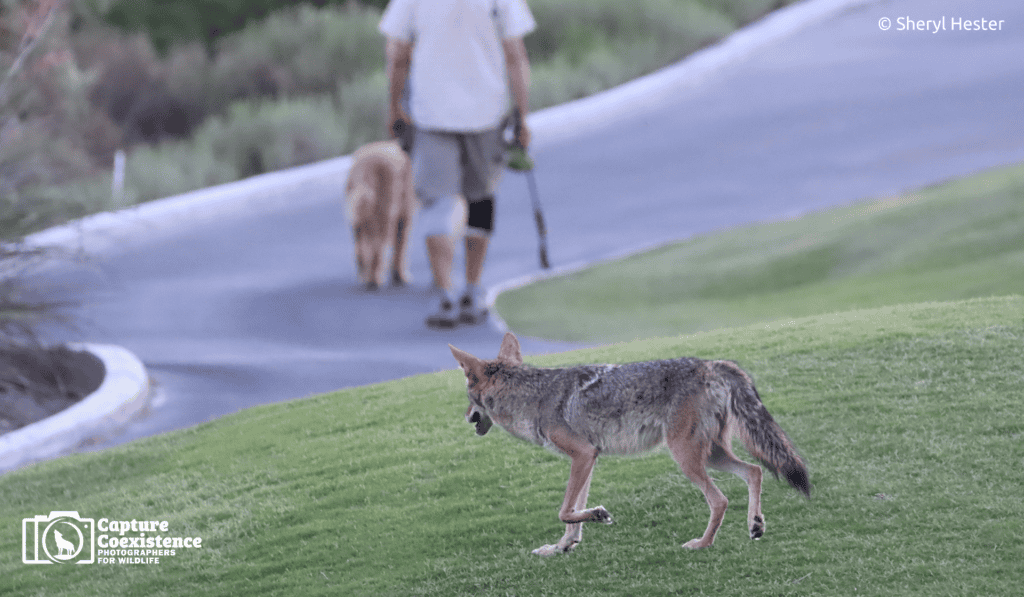
Photo by Sheryl Hester, #CaptureCoexistence Contributor
Project Coyote’s website and resources, along with my own research into animal behavior, has empowered me to embrace and view wildlife interactions with reverence instead of fear. So, I feel incredibly lucky to use this reverence to work on a Carnivore Advocate Toolkit at Project Coyote. Through this toolkit, I not only get to learn more about the issues carnivores face, but I also have the opportunity to lay the foundation for a toolkit people can use to learn about the issues carnivores encounter, how to protect carnivores, and how to be advocates for them. This opportunity aligns with my passion of helping facilitate better human-wildlife coexistence. Through this project, I get to plant a seed to make that happen.
Our world is made up of unique individuals, all of whom deserve to be treated with respect; after all, isn’t that what we’d want for ourselves? So I ask you to take a moment to observe the wildlife around you and learn about them as individuals. Explore how to better coexist with them. I suggest Project Coyote’s website as a great place to start.
Literature Cited
McConnell, P.B. (2005). For the love of a dog. Ballantine Books.
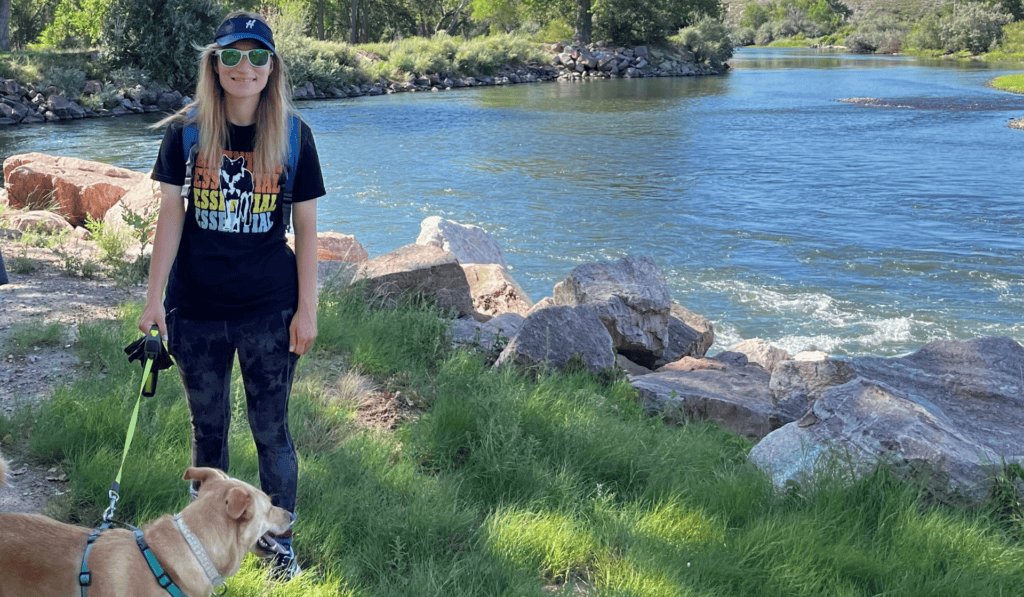
Lindsay Hoppestad is a senior at Metropolitan State University of Denver, pursuing her B.A. in Biology with a minor in Rhetoric, Composition, and Professional Writing. Born and raised in Colorado, Lindsay grew up hiking and camping in the Rocky Mountains, which fostered her love and respect for nature. From a young age, she also had a love for wolves. It was through witnessing how misunderstood wolves were that she developed a passion for speaking up for other misunderstood predators, as well as a love for them. Her studies for her biology degree have since reinforced the need to advocate and speak up for these species.

